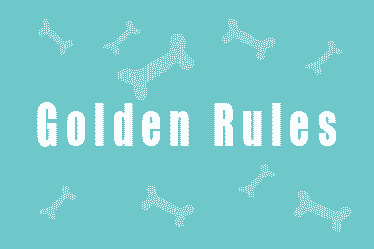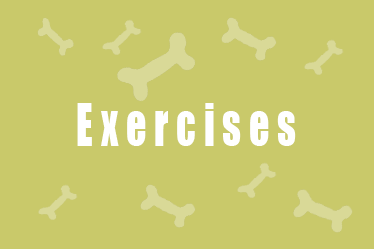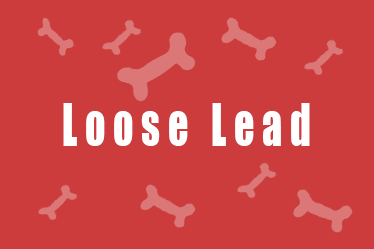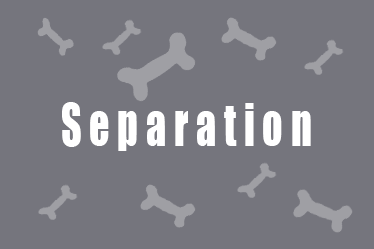Training Articles

Golden Rules
Why training is important and how you should engage with your dog to make training sessions pleasurable and fun for everyone involved. Golden rules to follow when you are starting out training.

Simple Exercises
Now your clicker is primed start adding in smple commands your dog already knows. This will help you and your pooch gain confidence and lead on to more complex training goals.

Stay
Sounds simple, after all you are not really asking your dog to do anything, right? It's the opposite, you are asking your dog not to do anything. This is actually a real challenge for dogs.

Sit
Almost every dog knows how to sit, right? Actually no, most dogs know how to sit in certain situations, if you ask your dog simply to sit you might be suprised to know it won't work.

Crate Training
The key to crate training is to make the crate the best, most comfortable place for your dog to be, we want to work with the dog's natural instinct to have a den. The way you can do this is by using a comfortable bed, a piece of clothing that has your smell and by covering the crate with a blanket to make it a cosy den for your dog.

Loose Lead Walking
This is the training method to teach good leash manners. No-one likes having their arms hauled out their sockets or seeing their dog practically strangle themselves in their enthusiasm to get somewhere. The principle behind loose lead walking is to teach your dog pulling simply does not get the desired effect, it gets them nowhere.

Leave
The 'leave' cue teaches your dog impulse control that can be useful in many situations - not to eat food that has fallen on the floor, disguarded food on walks, or chase other dogs, rabbits, joggers, cyclists or children. An important safety aspect that you don't want to overlook, yet it is very simple to train and most dogs pick it up very quickly.
The Blog

Seperation Anxiety
Does your dog bark, defecate, urinate, destroy furniture or possessions when you leave? If so it sounds like they have seperation anxiety. Dogs are pack animal, you are part of their pack and so it's only natural that they want to be with you. There are several things you can try to cut down on your dog's anxiety levels when you leave home with out. Some may make your neighbours think you have lost the plot, but they do work! Continue reading to find out how you can help your pooch become happy at home.

Nothing in Life is Free
While the header is a bit of a misnomer, plenty of things in life are free, like beach walks and watching the sunrise, it refers to a long help principle for dog training. Some of the original methodology sounds a bit harsh, some of it you probably already do with your dog without realising. This is my version that I follow but you can adapt it to suit your dog and your lifestyle. It does make a difference to behaviour and effective communication between you and your furry friend.



